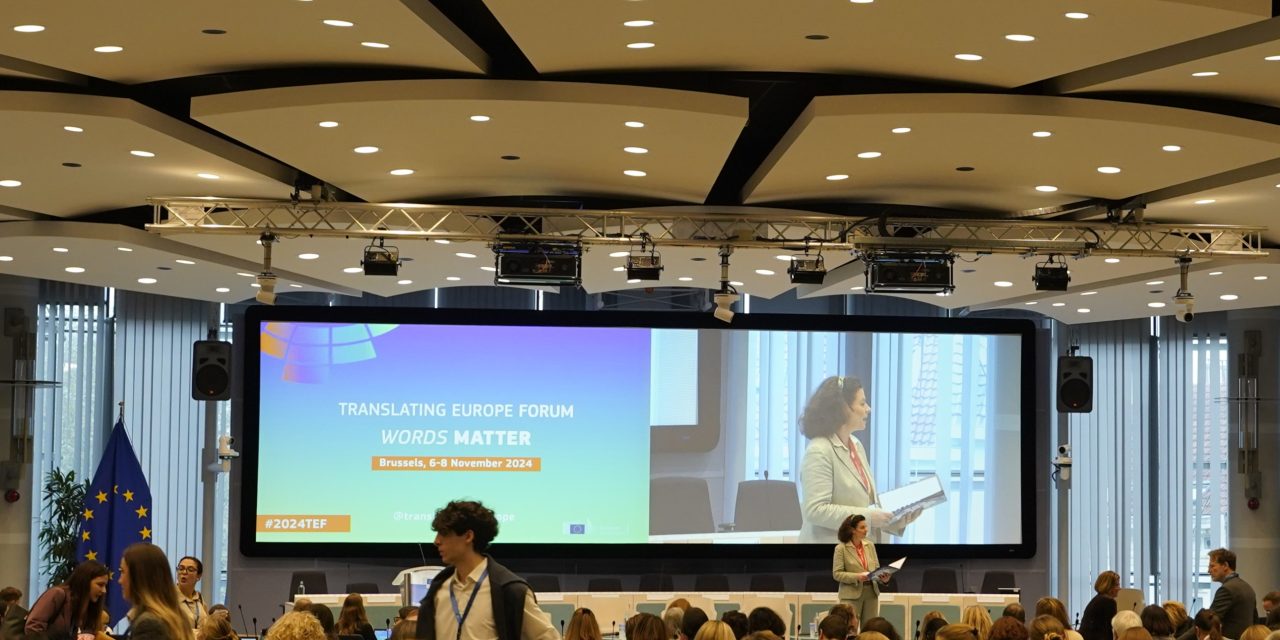How AI is Transforming the Future of the Translation Industry: Challenges and Opportunities
The future of translation was at the heart of discussions at the recent Translating Europe Forum in Brussels, a pivotal event where industry experts debated the growing role of artificial intelligence (AI) in their field. As AI continues to advance, many translators worry about their jobs, pay, and the quality of translations. This event served as an urgent platform to address these pressing issues.


Why Translators Are Concerned
Translators and interpreters are often labeled as professions most at risk of being replaced by AI. According to Tina Shortland, a council member of Audiovisual Translators Europe (AVTE), “Machines don’t understand emotions or cultural context. That’s something only humans can do.” This limitation is critical for complex tasks like subtitling, advertising, or translating literature—areas where cultural nuances and emotional depth are key.
Alessio Armenise, a freelance translator, highlighted a growing reliance on post-editing—correcting AI-generated translations—a task that many find less fulfilling and underpaid. “AI tools can help with basic tasks, but they’ve also led to pay cuts. Translators have to work harder to earn the same amount,” he said.
The Forum’s Call for Action
The Translating Europe Forum underscored the need for collaboration between humans and AI. Anthony Pym, a translation scholar, shared that AI is excellent for routine translations but often fails in high-stakes scenarios where accuracy and cultural understanding are crucial. “If there’s an error in an emergency text, it could cost lives,” he noted.
The forum also raised alarms about the broader implications of AI, including a potential decline in language learning. “If people think AI can do everything, they might stop studying languages,” said Pym, warning of a ripple effect on Europe’s multilingual identity.
Why This E vent Matters
The Translating Europe Forum is more than just a meeting of minds; it’s a call to safeguard the future of translation. With over 40% of European translators experiencing income losses due to AI, according to an AVTE survey, the urgency of these discussions cannot be overstated. The event also highlighted the invaluable role of translators in the European Union, where debates and policies depend on accurate, culturally sensitive translations.
“We need to educate clients about the value of human translators,” said Shortland. “Translation isn’t just about words; it’s about understanding cultures and connecting people.”
A Balanced Future
The forum emphasized that while AI will continue to play a role, it cannot replace human creativity and expertise. Translators must adapt by focusing on tasks that require emotional intelligence, cultural insight, and creative thinking. As Shortland summarized, “There’s still a need for human translators to bring the human touch that machines can’t provide.”
The Translating Europe Forum proved why events like these are crucial. They provide a platform for translators to share strategies, discuss challenges, and explore how to work alongside AI rather than be replaced by it. In a rapidly evolving industry, this collaboration between humans and technology will be key to ensuring the profession’s survival and growth.
The translation industry stands at a crossroads. While AI is expected to revolutionize the profession, it cannot replace the creativity, cultural understanding, and linguistic mastery that define it. Translators who embrace AI as a tool can navigate this evolving landscape successfully.
As Pym rightly says, “AI is an instrument to expand and establish. The key is to use it wisely so we don’t lose the best of what makes us human”.






